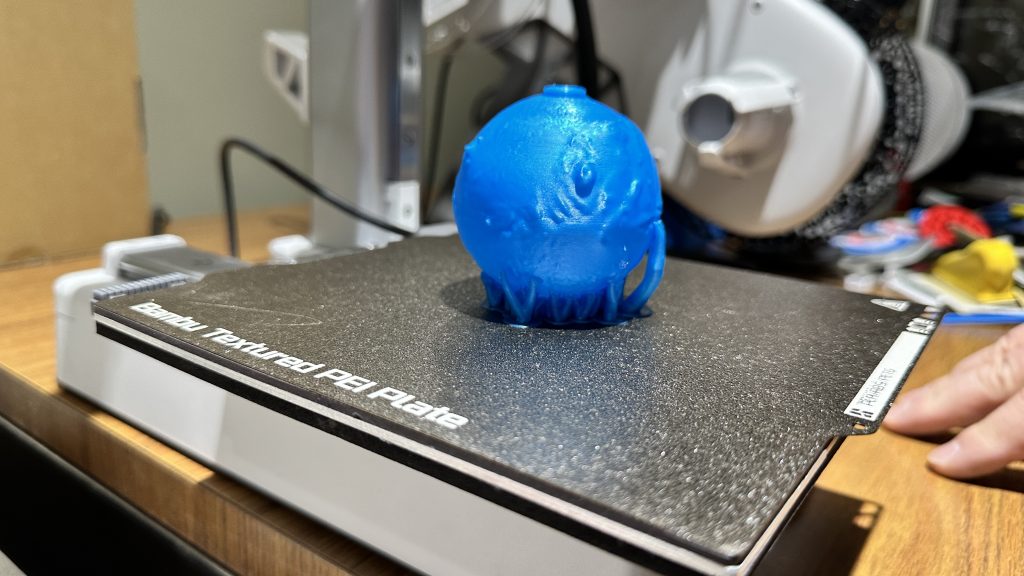Many say sensory toys are becoming more popular, not only among children but also adults.
“We saw it with the fidget spinners. When those things started entering schools I was thrilled because it means, oh my gosh, it’s normalized, it finally happened, yes! All of us can stim and be happy,” said Olivia Dawes.
“I think everyone stims and it’s really important that we normalize that, you know?”
Dawes, a “toad” at Toad Hall Toys in Winnipeg who was diagnosed with autism later in life, says sensory toys help her stim — make repetitive movements or vocalizations. She does this because this is how she regulates her body and releases pent-up energy.
“I am one of those sensory seekers that loves weight when I’m overwhelmed,” she said.

Sensory toys have a wide range including objects people touch, smell or even chew. Dawes says she’s glad more toys are coming out and price barriers are falling to make them more accessible to people, and wishes she had the same experience while she was growing up.
“I had meltdowns a lot because there was nowhere for this energy to go,” Dawes explained.
Now, she’s an expert at the Winnipeg toy and hobby store, helping others discover what toys can help stimulate senses and regulate the body. Dawes says she also has input as to which toys are considered for the store.
“It’s really awesome to be listened to,” she said.
3D printing of toys, models on the rise
One of the reasons sensory toys have become more accessible to the general public is the rise of 3D printing.
“There’s literally millions of these machines out there,” said Kerry Stevenson, a 3D printing expert and the founder of Fabbaloo, a 3D printing blog.
“That’s enough to create a market where people who know how to model and create content for printing, they can create unusual things and sell them for a very large audience now.”
Stevenson says making toys and models is huge in the industry. There’s even groups that make toys that stimulate different senses.
“There is a niche within the 3D modelling area where people create what’s called ‘tactile models’. These are models that are specifically designed for visually impaired people,” he explained.

Stevenson spent around two hours with CityNews at his home office Friday, printing a 3D model of the planet Mars with exaggerated features so it’s easier for people to feel.
“By exaggerating the surfaces, then people can understand that, yeah, there’s a valley there. There’s a mountain over here and there’s three volcanoes in a row, and that sort of thing.”
Sensory toys for everyone, says Dawes
Dawes says even if you don’t officially ‘stim’, having toys that stimulate your senses is still a great way to de-stress and keep calm.
“A lot of people, I feel, maybe are a little bit hesitant to label it stimming because perhaps they still attribute it to autism or attention deficit disorder,” said Dawes. “I don’t think it’s something to be ashamed of. I think if you find something that makes you sparkle, go for it!”
